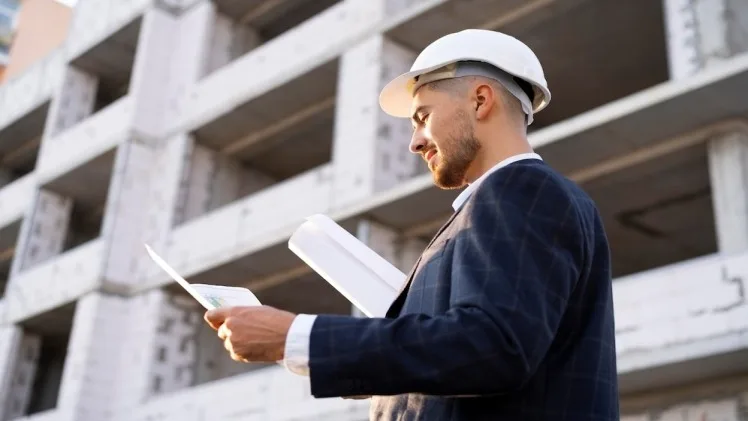There are smart and practical ways to reuse materials
The civil construction sector is one of the fastest-growing in the world because the world’s population is constantly changing and the new generations want to live in practical houses that also offer comfort. On the other hand, the older generation wants properties that are more comfortable than practical, which shows a difference that makes civil construction an area with many varieties of activities.
In fact, civil construction is an area that is always in the spotlight and provides many job opportunities. However, it is also an area that produces a lot of waste, some of which can be harmful to the environment. To avoid this negative impact, engineers and construction managers have started to use accounting software, among other technological tools, that help calculate the use of materials.
In the topics below, we will talk more about how technology, among other factors, has been helping civil construction to maintain its constant growth in a more sustainable way and with less short-term and long-term damage to the environment. All of this can be achieved through a reduction in waste or reuse of materials. This helps both those who are investing and the environment, as the current concern is how to reduce the damage already caused to the planet.
Waste reduction
Large amounts of waste during construction are usually signs of poor planning or miscalculations. This results in a loss of money that could be invested in another phase of construction and also a loss of materials that could be better used. However, it is possible to prevent this from happening by being more economical during all phases of construction.
First, have a team of experts or seek more than one opinion about construction. When there are more professionals involved, there will be fewer chances that calculation errors will go unnoticed. Therefore, if you want to start a construction project, try to consult with more than one professional to get a sense of different points of view and different solutions to possible problems that may arise.
Another option is to use software or other digital tools that help create a more accurate analysis. Technology can be of great help when reviewing calculations as it can show some risks that human beings have not yet foreseen. Thus, it becomes an important aid in the success of a construction project. Therefore, technology has been one of the main tools of civil construction professionals such as engineers and architects.
So, a safe and effective way to reduce waste is to know how to balance human and technological efficiency during the planning and execution of a construction project. Only through precise calculations and risk analysis is it possible to avoid waste of material that can be harmful to the environment.
Reuse of materials
Recycling materials is a cheap and effective option when it comes to reducing waste. This is because materials that are not new or come from other materials work in the same way as new materials. The difference is that the price is more affordable and it also helps to reduce the damage that excessive waste causes.
Materials such as plastic, glass, and recycled paper have become protagonists in projects led by engineers who want their buildings to be part of nature and not create a negative contrast. Likewise, the use of materials such as styrofoam, which can be a great villain for the environment, is used to line houses. It is a cheap material and instead of being in the environment and being a pollution factor, it becomes a good choice in the civil sector.



